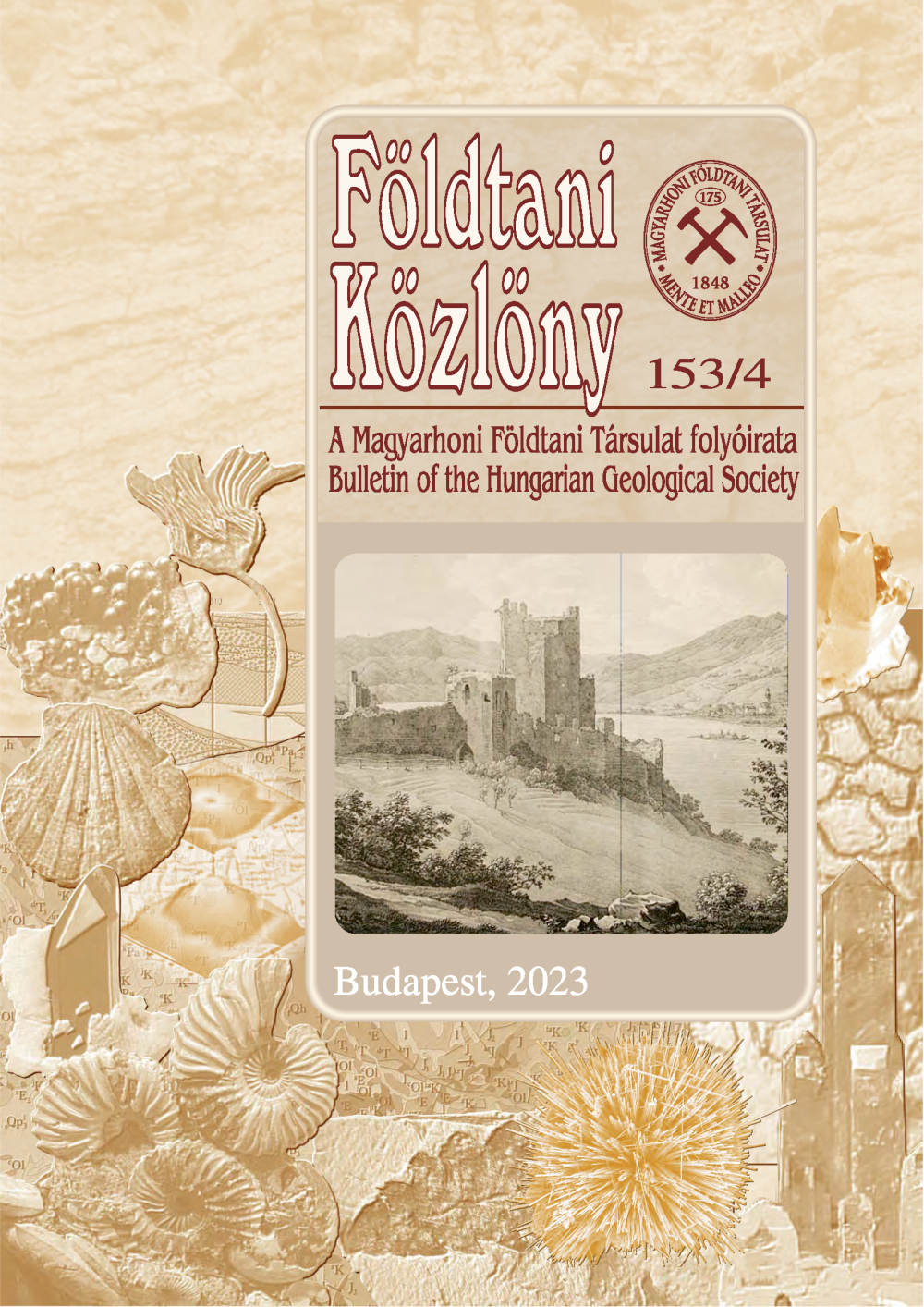Mountain-top aeolian deposits and ventifacts on the basalt plateau of Agár-tető (Southern Bakony, Hungary)
Abstract
Mountain-top or cliff-top aeolian deposits are a special type of aeolian sediment, which are transported upwards along steep or even vertical slopes by the wind. Most of the published occurrences are of Holocene age. In Europe, they have been reported from a few sites along the western margin of the continent. Here we describe aeolian deposits covering the extensive basalt plateau of Agár-tető in the Transdanubian Range (Southern Bakony). The deposits have a thickness of around 0.5 m on horizontal surfaces, while in wind shadow they can be several metres thick. They are mainly medium-sorted, with grain sizes ranging from clay to fine gravel but the dominant type is fine sand. The majority of the grains are quartz and probably originated from the north — i.e. from Lake Pannon sediments underlying the basalt. The sediment material itself must have been transported onto the plateau by strong winds during the Pleistocene glacials. Trapping was most probably caused by the coarse surface roughness (i.e. a surface strewn with basalt blocks), by vegetation cover and, in the case of thick accumulations, by the topographical position. Strong aeolian activity is indicated by wind-fluted basalt blocks as well.











